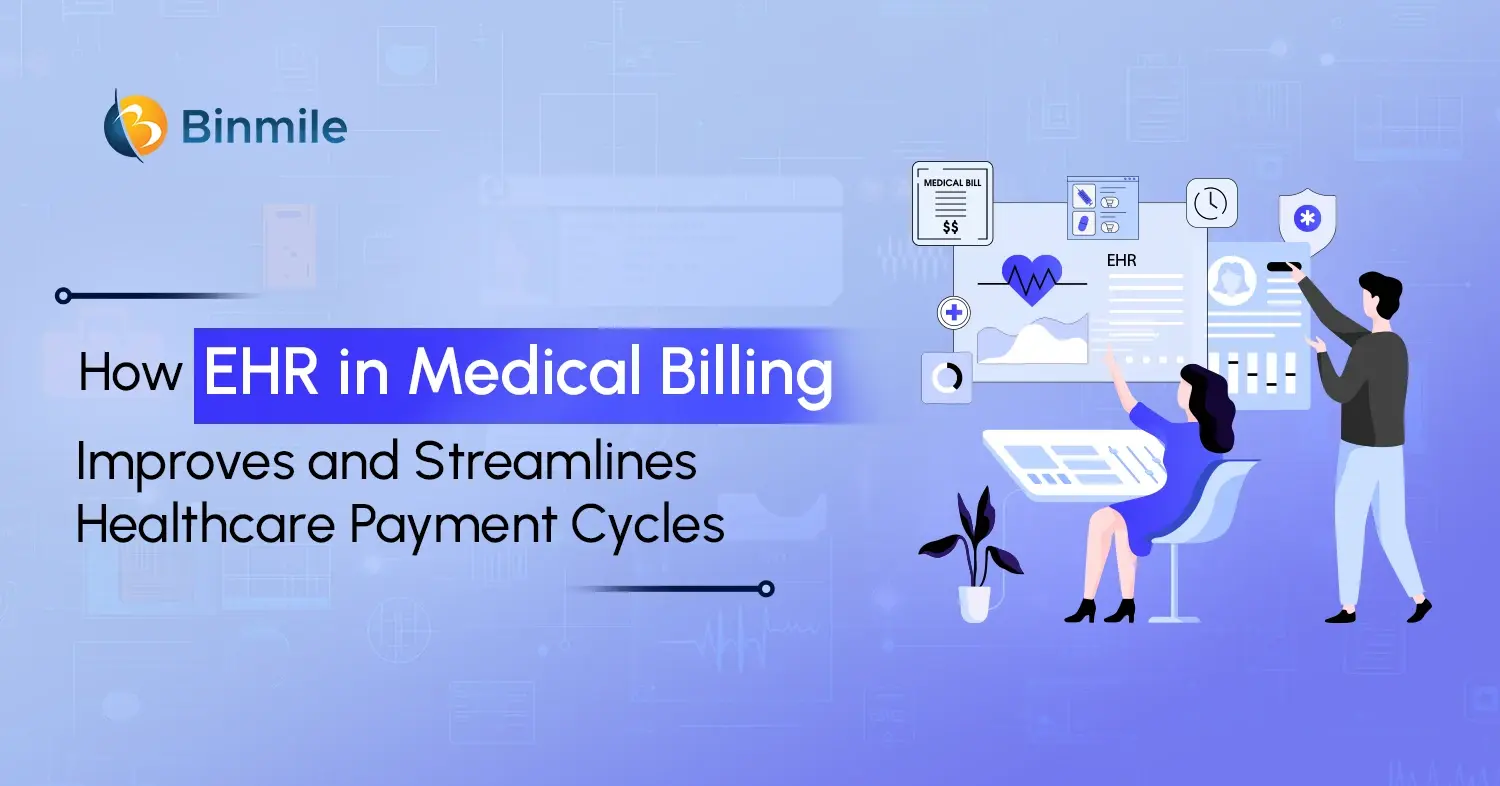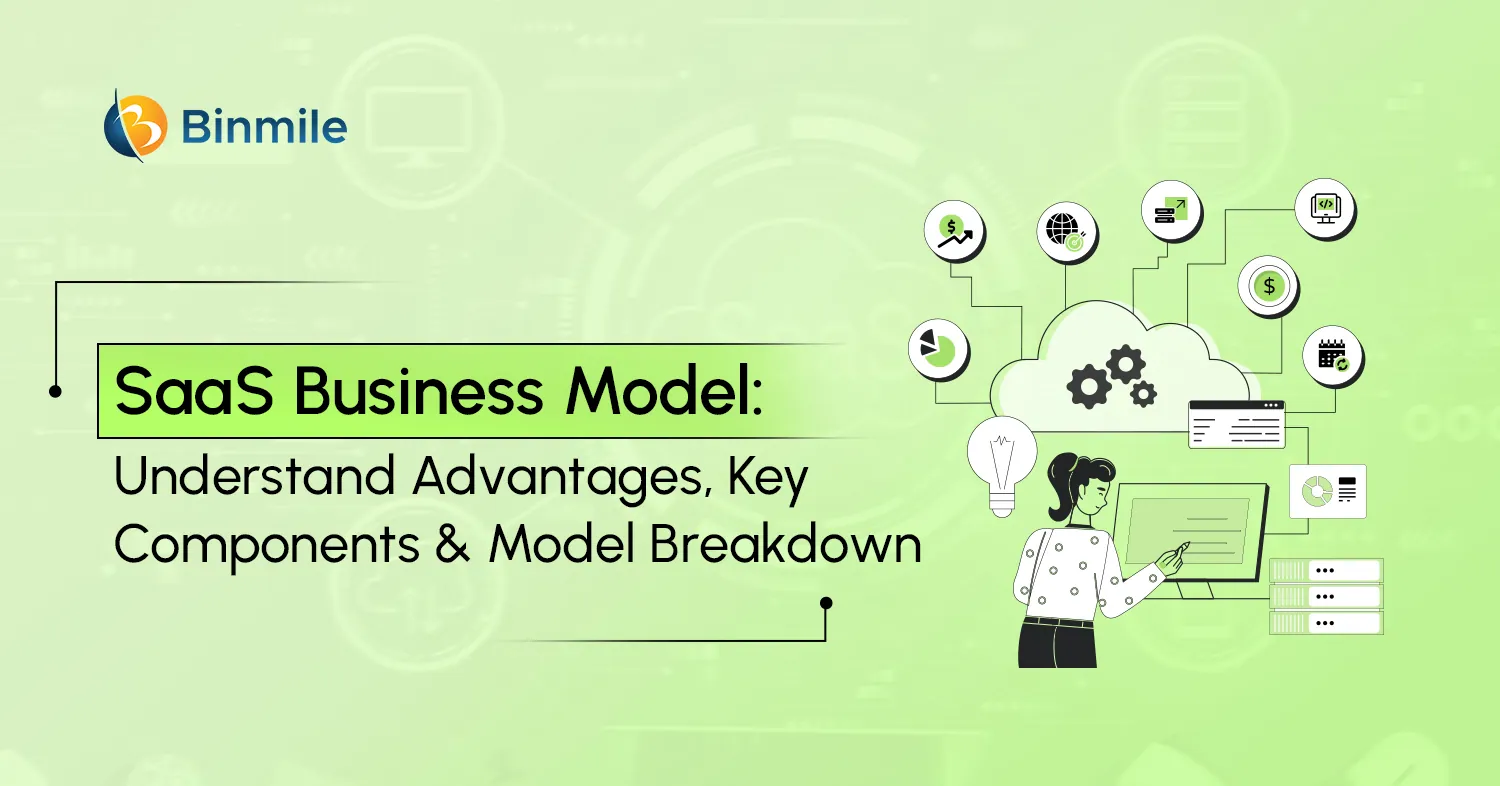The global customer relationship management (CRM) market is projected to grow from $112.91 billion in 2025 to $262.74 billion by 2032. This growth signifies the increasing importance of CRM in business. It’s no longer just a tool for managing customer data, but a driving factor behind streamlining operations and improving relationships between you and your customers. CRM development empowers you to regain control over managing customer relations and your sales process, all while staying organized and eliminating friction. This growth presents a significant opportunity for businesses to invest in CRM development and stay ahead in the competitive market.
Since CRM systems for businesses offer numerous advantages, companies look forward to leveraging this software, regardless of their size or specialty. However, the question is: What to choose—a turnkey solution or a custom one? A turnkey solution is a ready-to-use CRM system that can be implemented quickly, while a custom one is tailored to your specific business needs but may take longer to develop. What features should your CRM application have? Most importantly, what is the cost of building a custom CRM from scratch? If you’re also wondering about these questions, then this blog is for you. In this blog, we will share a comprehensive CRM development guide, covering the benefits of the software and key considerations that influence your software development costs.
What Is CRM (Customer Relationship Management)?
Customer relationship management (CRM) combines practices, strategies, and technologies to help organizations manage and analyze customer interactions and data throughout the customer lifecycle. CRM systems help businesses across various industries enhance customer service relationships, support customer retention, and drive sales growth. Nonprofits are also using CRMs to manage donor data, streamline fundraising, and engage volunteers. Donorbox CRM, for example, offers a tailored solution that helps nonprofits track donations, automate outreach, and build lasting donor relationships.
CRM vs ERP: Understanding the Key Differences
CRM vs. ERP: What’s the Difference? The primary difference lies in their objectives. CRM systems, such as Zoho or Salesforce, focus on enhancing customer relationships by managing interactions, sales, and support. Whereas ERP systems, such as Oracle NetSuite, aim to streamline business processes across various departments, including finance, inventory, and human resources. The primary difference between a CRM and an ERP is that a CRM enhances customer-facing activities, while an ERP optimizes internal operations for efficiency.
CRM Development Made Easy: A Structured Guide for Beginners and Experts
Developing a Customer Relationship Management (CRM) system demands more than coding a database. It requires a deep understanding of business processes, user behavior, scalability needs, and integration points. A CRM should not only record interactions; it should also actively strengthen customer relationships, streamline operations, and drive strategic growth. We’re sharing a few practical steps for building a CRM that delivers lasting value:

1. Define Requirements and Goals
Begin by gathering precise and actionable business requirements. What problems are you solving — lead mismanagement, delayed follow-ups, lack of visibility? Pin down the core use cases, such as sales automation, customer support workflows, or marketing integrations. Involve stakeholders across departments early to avoid undoing decisions later. Be specific about what systems the CRM needs to talk to — whether it’s your email service, ERP system, or accounting platform. Once the scope is clear, prioritize your goals based on their business impact. What moves the needle: sales productivity, customer retention, or faster onboarding?
2. Design the UI and UX Elements
Take time to design an intuitive, role-specific user experience. CRM tools only succeed when people use them, so map out user journeys based on different personas, such as sales reps, support agents, and managers. Focus on reducing clicks, making data easily accessible, and maintaining a clean interface. Collaborate with users early through wireframes or clickable prototypes, then refine based on feedback. You must prioritize mobile responsiveness and accessibility from the start. Remember, a well-designed UI isn’t just cosmetic — it directly drives adoption and efficiency, making your team feel confident about the system’s usability.
3. Select the Right Architecture & Tech Stack
Choose a tech stack that aligns with your scalability and security needs — and just as importantly, with your team’s capabilities. Python with Django or JavaScript with Node.js and React are typical go-tos, often paired with PostgreSQL or MongoDB. Design a modular system that cleanly separates core concerns, such as authentication, data management, and reporting. Plan database schemas upfront with scalability in mind, and don’t overlook deployment choices: whether cloud-based (AWS, Azure) or on-premises, your decision will shape cost, compliance, and operational agility.
4. Build Core Features and Integrations First
Focus on the core features: contact management, lead tracking, task assignment, and basic reporting. Don’t get sidetracked with overly complex automation or UI customizations early on — get real usage data first. Build out key integrations early, too, especially for tools like email, calendars, or analytics. Utilize well-documented APIs and prioritize reliability as a top concern. Maintain clean, version-controlled code and leverage CI/CD pipelines to ensure your development cycles remain fast and predictable.
5. Test Across All Layers
Testing shouldn’t be an afterthought. Make it part of your build from the start. Use unit tests for isolated components, integration tests for workflows that span systems, and UAT to check real-world usability. Performance matters too — a slow CRM, no matter how functional, won’t get adopted. And don’t skimp on security testing, especially if you’re handling customer data or authentication tokens.
6. Stagewise Deployment and Support
Roll out in stages with a pilot group representing diverse roles, gathering feedback to refine workflows, permissions, and interfaces. Keep feedback loops open and plan regular updates based on user input and evolving business needs. Maintain a rollback strategy and document processes to ensure seamless future upgrades. However, deploying isn’t the end line, unless your users can effectively leverage the tool. Include thorough training—hands-on walkthroughs, onboarding flows, and documentation—as part of the deployment plan.
Additionally, you can also partner with an outsourced software development services company and get skilled external developers, reduce costs, access specialized expertise, and accelerate project timelines. All this while leveraging the latest technological advancements in CRM solutions, as you focus on your core competencies
Build custom CRM systems to streamline operations, improve customer retention, and grow your customer base, not just your contact list!

How Much Does It Cost to Develop a CRM System?
For most mid-sized businesses, a custom CRM with moderate features typically ranges from $50,000 to $80,000 for initial development, with ongoing annual costs of $15,000 to $30,000 for maintenance and support. Enterprise-level solutions with advanced features and integrations can easily exceed $250,000, with yearly maintenance costs of $ 50,000 or more.
| CRM Type | Estimated Cost |
|---|---|
| CRM Type | Estimated Cost |
| Basic Custom CRM Software | $40,000 to $80,000 |
| Mid-range CRM Software | $90,000 to $150,000+ |
| Enterprise-grade CRM Software | $250,000 to $500,000+ |
Custom CRM Development Pricing Explained: Factors + Cost Estimates
The development costs of a custom CRM system can vary significantly based on several key factors. Understanding these can help you budget appropriately and make informed decisions for your business. Let’s discuss the custom CRM development cost breakdown, along with estimated price ranges.

1. Type of CRM Solution
The type of CRM solution you’re looking for also impacts your CRM development budget. For instance, custom CRMs are significantly more expensive but offer greater flexibility and scalability.
- Estimated Cost of Custom-built CRM: $50,000 to $300,000+
- Estimated Cost of Off-the-shelf CRM with Customization: $10,000 to $100,000 (customization and licenses)
2. Core Features and Complexity
The features you need will dramatically impact the CRM development process and cost. It is simple: the more sophisticated the features, the higher the development and ongoing maintenance costs will be.
- Basic Features such as Contact management, task management: $10,000 to $30,000+
- Advanced Features (Workflow automation, analytics, AI recommendations): $20,000 to $70,000
- Mobile App (iOS or Android): $25,000 to $80,000
3. UI/UX Design
A CRM’s success heavily depends on ease of use. Investing in a good user experience can drive user adoption, but it can also add to costs. Therefore, never underestimate the role of UX/UI in CRM success and budget.
- Basic UI/UX: $5,000 to $15,000
- Custom UI/UX: $20,000 to $50,000
4. Third-party Integrations
Most businesses require their CRM to integrate seamlessly with other tools, such as ERP Systems, Marketing Automation Platforms, or even Payment Gateways. Integration complexity, including APIs and custom connectors, can quickly increase development timelines and budgets.
- Estimated Cost per Integration: +$2,000 to $20,000
5. Development Team Composition
Who builds your CRM also impacts the cost, and generally, offshore teams can reduce costs significantly; however, they require rigorous quality checks and effective project management.
| Development Team Type | Characteristics | Hourly Rate Estimate |
|---|---|---|
| In-house Team | Complete control, higher fixed costs | $80 to $150/hour |
| Local Agency | Expertise, structured process | $100 to $200/hour |
| Offshore Development Services | Cost-effective, needs strong management | $25 to $70/hour |
6. Maintenance and Updates
CRM development doesn’t end at launch; we recommend that you always factor in post-launch maintenance right from the budgeting phase.
- Estimated annual maintenance cost: 15%–25% of initial development cost.
7. Security and Compliance
Skimping on security can result in significantly higher costs down the line. Especially for industries like healthcare, finance, and legal sectors, compliance with regulations (e.g., GDPR, HIPAA) requires additional work:
- Estimated security-related cost: $10,000 to $50,000+
**Bonus Factor
8. Testing & Quality Assurance
Both are critical to ensuring that the CRM development is stable, secure, and user-friendly before launch. However, comprehensive testing may be expensive, but not conducting it would lead to costly fines or post-launch fixes.
- Estimating Testing Cost: 15%-25% of total development cost.
When planning your CRM development software budget, consider not just the initial development costs but the total cost of ownership. A properly implemented CRM should deliver significant ROI through enhanced customer relationships, increased sales efficiency, and improved data insights. The key to managing costs effectively is clearly defining your requirements upfront and prioritizing features based on business impact rather than implementing everything at once.
Top 12 Custom CRM Features to Boost Business Growth
If you’re going forward with CRM development software or upgrading your current CRM solution, look for these essential 12 features. These will help you increase leads, accelerate sales, and measure sales performance:

- Contact Management: Centralized storage and easy access to customer information.
- Single Source of Truth: Unified, accurate data across the organization.
- AI (Artificial Intelligence): Smart insights, predictive analytics, and automation.
- Reports, Dashboards, and Analytics: Data visualization for informed decision-making.
- Cloud-Based CRM: Access anywhere with enhanced scalability and flexibility.
- Mobile CRM: Seamless on-the-go connectivity for sales and support teams.
- Automation, Workflows, and Approvals: Streamlined processes to boost efficiency.
- Sales Opportunity Management: Track and manage sales pipelines effectively.
- Omni-Channel Support: Seamlessly connect with customers across multiple platforms.
- Third-Party Integrations: Expand functionality with external tools and apps.
- Security: Safeguard customer data with robust protection measures.
- Scalability, Flexibility, and Customization: Adapt and grow with your business needs.
Let’s build high-functional, reliable, and cost-effective custom software solutions designed for boosting your business efficiency, productivity & growth!

Closing Remarks on CRM Development
To think that CRM development software is solely about managing customer data is to oversimplify all the benefits it offers to businesses. It’s about building a sustainable and effective system that empowers your team to work efficiently and enhance overall customer satisfaction. Therefore, CRM software systems will continue to capture a significant share of the global IT market. To fully realize its capabilities, you need to clearly define the goal and have a strategic plan to turn your idea into a working product.
If you’re also considering building your own CRM system, we recommend consulting a CRM development services company. The development team possesses expertise in seamless integrations, agile development, and offer ongoing support, guaranteeing that you can focus on enhancing your operations, customer engagement, and growth. At the same time, they manage the complexities of custom software development with ease.
Frequently Asked Questions
Custom CRM development allows you to tailor features to your unique business processes, automate workflows, and integrate seamlessly with your existing tools. This results in higher efficiency and a system that grows with your business needs
Custom CRM development can be complex, requiring a skilled team, detailed planning, and phased implementation. Common challenges include mapping business processes, managing costs, and ensuring scalability
The timeline for custom CRM development depends on complexity, but most projects require several months to become fully functional. Planning, design, development, and testing phases all contribute to the overall duration
A custom CRM is designed to adapt and scale alongside your business, supporting new workflows and integrations as you grow. This future-proofs operations and helps avoid the limitations of one-size-fits-all solutions
Custom CRM development is worth it if your business needs flexibility, control over data, and features not available in off-the-shelf solutions. However, it requires significant resources and should be weighed against the benefits of ready-made alternatives









